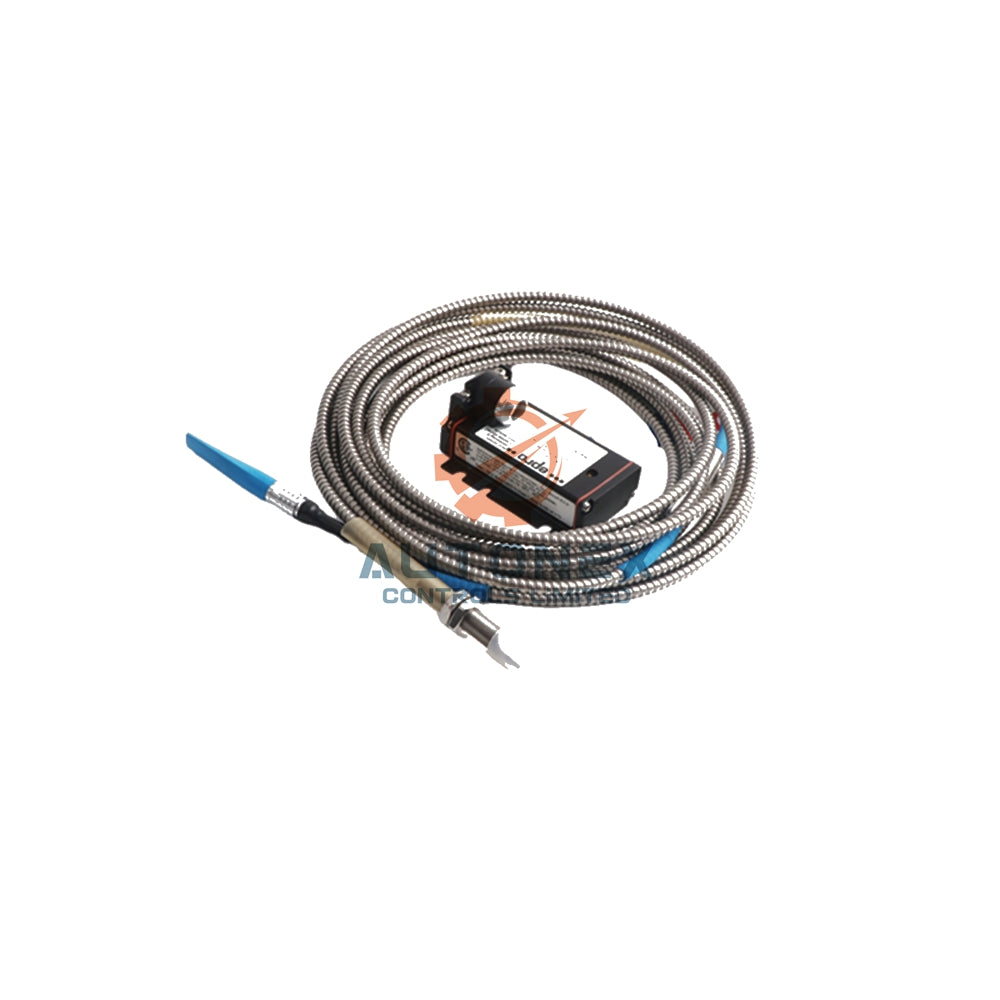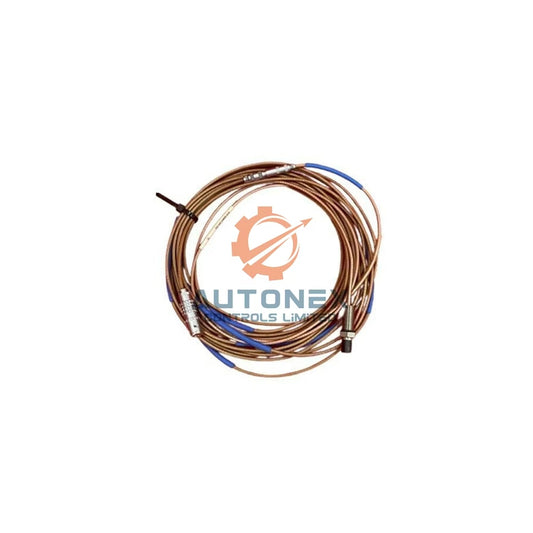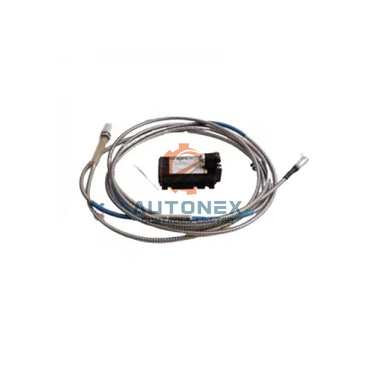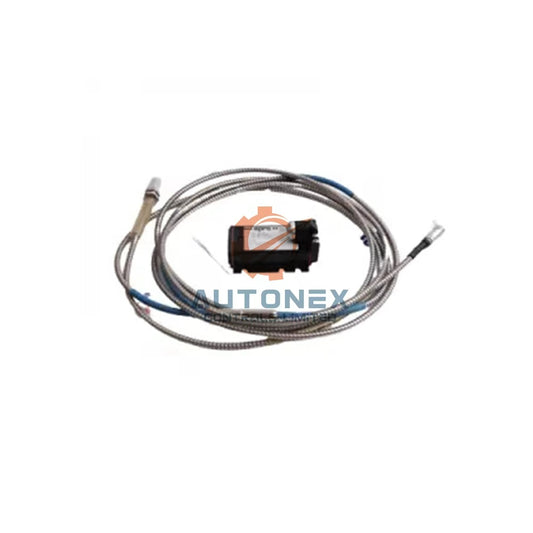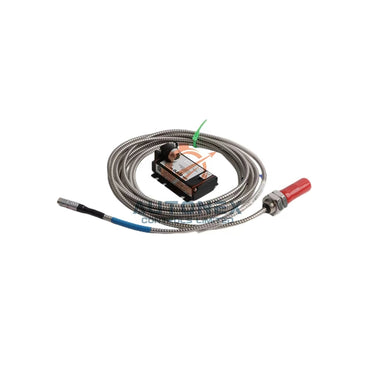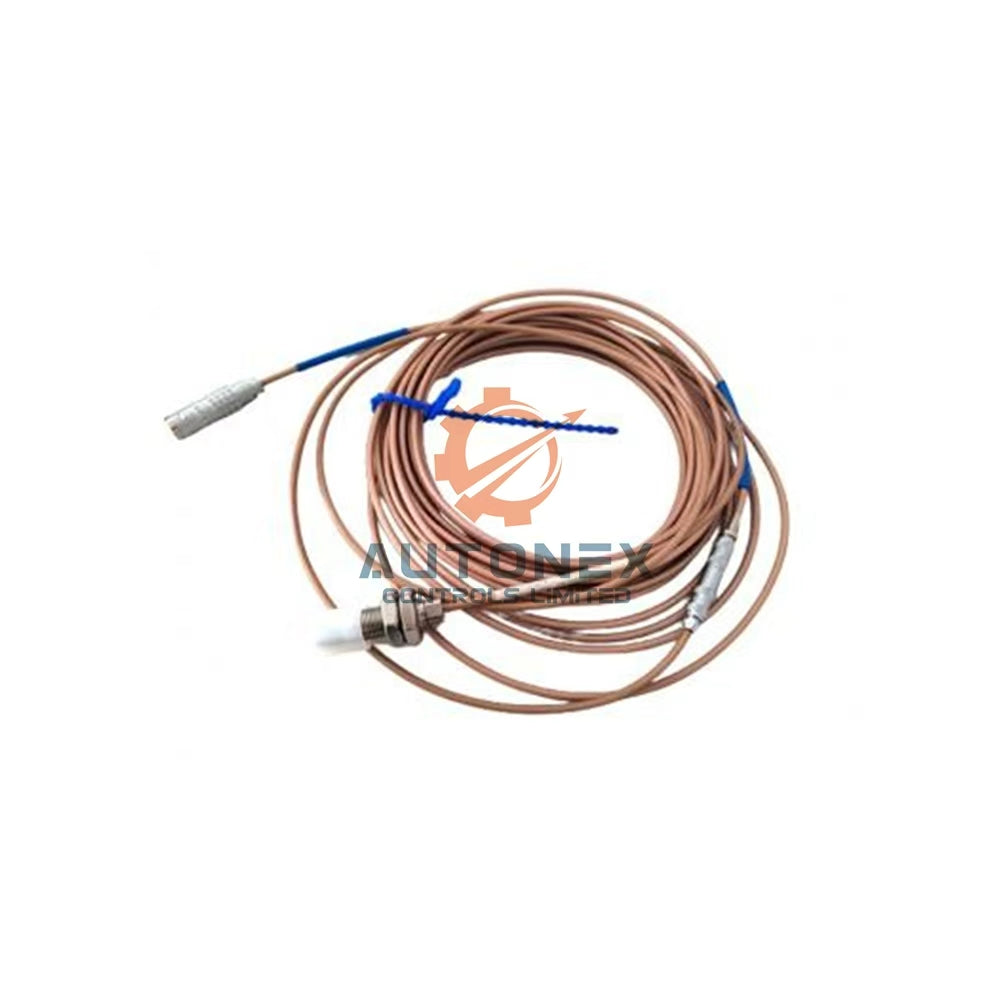The Silent Killer in Industrial Automation: Protecting Your Drives and PLCs from Thermal Damage
Understanding Heat's Destructive Impact on Electronic Components
Heat remains the invisible threat in manufacturing environments. It silently compromises drive and PLC reliability. Each temperature increase beyond recommended levels reduces component lifespan significantly. This leads to unexpected downtime and costly equipment replacements.
Why Thermal Management Demands Immediate Attention
Electronic components follow a predictable failure pattern when overheated. For every 10°C temperature rise, operational life decreases by approximately 50%. This accelerated aging affects capacitors, resistors, and semiconductors most dramatically. Therefore, proper cooling becomes essential for maintaining production continuity.
Critical Components Most Vulnerable to Heat Stress
Industrial automation systems contain several heat-sensitive elements. Electrolytic capacitors deteriorate rapidly, causing voltage instability. Circuit boards warp during repeated thermal cycles, creating connection issues. Additionally, processors may malfunction under sustained high temperatures.

Proven Strategies for Effective Temperature Control
Maintaining optimal operating conditions requires systematic approaches. First, establish regular filter cleaning schedules. Second, ensure adequate component spacing within enclosures. Third, verify cooling system capacity matches heat generation. Moreover, implement temperature monitoring with alert thresholds.
Recognizing Early Warning Signs of Overheating
Watch for subtle indicators before complete failure occurs. Temperature-related fault codes often appear first. Unusual fan noises or performance fluctuations provide additional clues. Discolored enclosure surfaces indicate chronic overheating issues needing immediate resolution.
Practical Cooling Solutions for Control Cabinets
Different environments require tailored cooling strategies. Air conditioning units suit high-heat applications. Heat exchangers work well in dusty conditions. Furthermore, filtered fan systems provide cost-effective solutions for most industrial settings.
When to Repair Versus Replace Overheated Equipment
Components experiencing repeated thermal stress often develop hidden damage. Replacement typically proves more reliable than repair for critically heated devices. However, consult manufacturer specifications for definitive guidance.
Expert Recommendations for Sustainable Operation
As an industry professional, I recommend quarterly thermal inspections. Infrared cameras effectively identify developing hot spots. Furthermore, maintain ambient temperatures below 35°C for most industrial electronics. These practices significantly extend equipment service life.
Real-World Application: Automotive Manufacturing Case Study
A midwestern automotive plant implemented comprehensive thermal management. They installed cabinet temperature sensors and scheduled preventive maintenance. Consequently, drive failures reduced by 68% within six months. Production continuity improved substantially despite summer heat waves.
Future Trends in Industrial Thermal Management
Smart factories increasingly integrate predictive thermal analytics. IoT sensors now track real-time temperature patterns. Additionally, machine learning algorithms forecast cooling needs based on production schedules. These innovations promise greater reliability through proactive thermal control.

Frequently Asked Questions
What temperature range ensures optimal PLC performance?
Most PLCs operate reliably between 0°C and 60°C. However, consult specific manufacturer documentation for precise specifications.
How often should control cabinet filters be replaced?
In typical industrial environments, inspect filters monthly. Replace them quarterly or when visible contamination appears.
Can overheated drives be restored to service?
Drives experiencing single thermal events may recover after inspection. However, repeatedly overheated units typically require replacement.
What's the most cost-effective cooling solution?
Filtered fan systems provide excellent value for most applications. They balance performance with reasonable operating costs effectively.
How does heat specifically damage circuit boards?
Thermal expansion creates mechanical stress on solder joints. This stress eventually causes connection failures and intermittent operation.
Check below popular items for more information in Autonexcontrol




